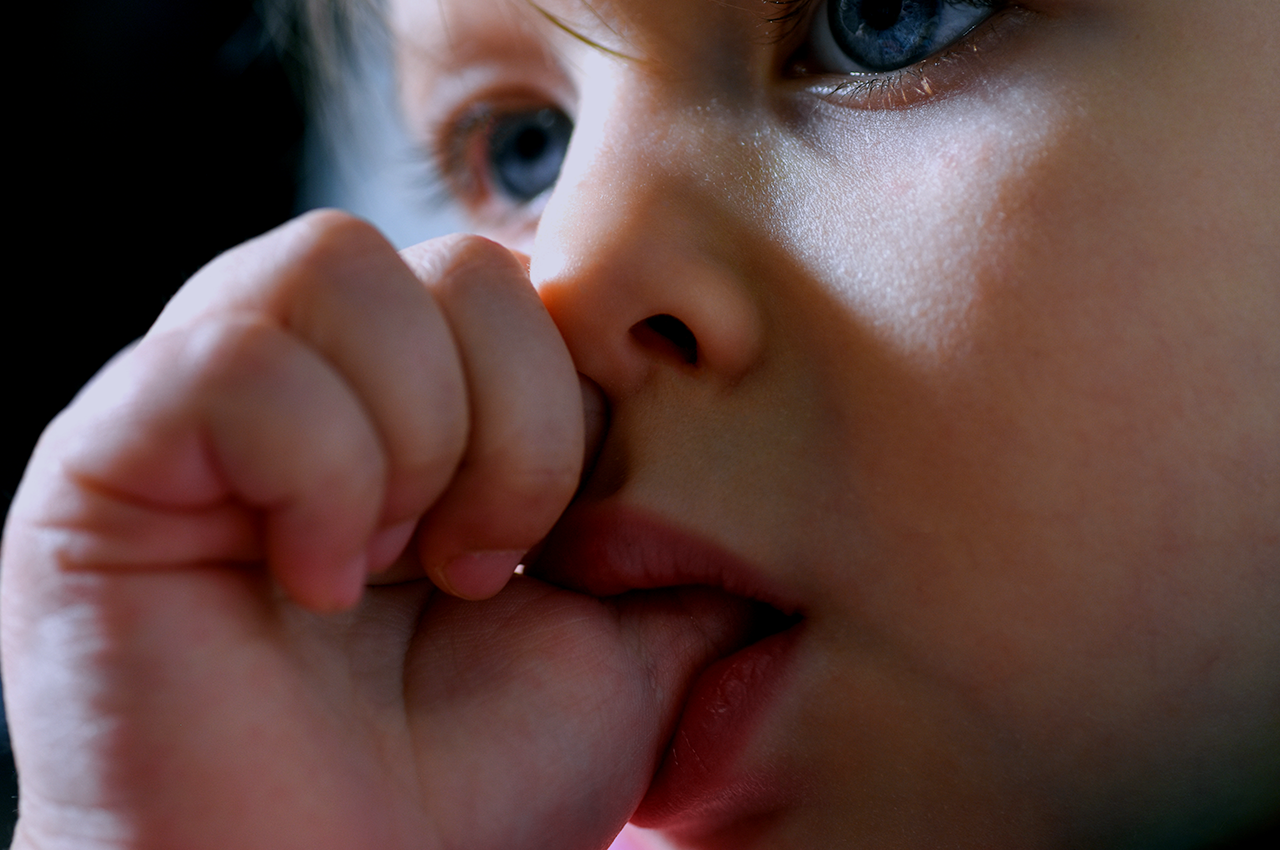Babies have natural sucking reflexes. This is why you often find them putting their thumbs or fingers into their mouths. This also happens before they are born, while still in the womb.
Since thumb-sucking makes babies feel secure, some develop this as a habit when they’re in need of soothing or going to sleep as they get older.
Finding ways to help your child stop the habit will be beneficial to their dental health in the long run.
Help your child wean off thumb-sucking
Many thumb and finger-sucking children have a gap between their upper and lower teeth. Their jaw development changes and this can often lead to speech problems.
Habitual thumb sucking prevents the tongue muscles from developing correctly, making it difficult for your child to pronounce sounds like “s” and “th”. Prolonged thumb-sucking can also deform your child’s upper dental arch, causing a cross-bite, protruded teeth, and/or an open bite. The extent of these consequences will depend on the duration of the habit, the frequency of it, and the way in which the thumb is placed into the mouth.
Harmful effects of thumb-sucking include:
- Deformities: Oddly shaped fingers or thumbs.
- Infections: Due to the constant soaked areas, the skin gets irritated and infected.
- Social: The child may be teased at school.
- Dental and facial: The intense negative pressure that is created in the mouth affects the facial muscles, teeth and the jaws. The upper jaw becomes more “v” shaped. The upper front teeth flare outward. The lower front teeth tip inward.
Changes to the structure of the jaw can affect your child’s speech, chewing, swallowing and facial appearance.
Coping with your child’s habit
Studies have shown that most children want to stop by the age of six and all they need is guidance. Your role as a parent is to guide them without any pressure. Be firm but calm. Support them every step of the way.
Make your child aware of the habit
The habit may be an unconscious one and you need to help your child identify it. Calmly point out what you don’t like about the behaviour and why. Educate them about “bad” germs that live on their fingers and that go into their mouths and make them sick. A little exaggeration may help!
Keep track
Observe and identify when and how often your child sucks his thumb. This will help determine how serious the problem may be.
Distract him
By identifying the exact times your child thumb-sucks, you’ll know when to quickly intervene by offering him something to occupy his hands, like doing a puzzle or playing with a ball.
If bedtime is when they’re most likely to thumb-suck, offer the child a soft ball to squeeze instead. You may need to create a reward system and replace the ball with a little treat each day!
Control the temptation Topical bitter substances, bandages and glove-like devices can also be used on the offending finger.
Dental appliance
Placing a fixed appliance in the child’s mouth (over the age of 6) can stop the habit in its tracks. It has a “gate” or “crib” like wire that lies behind the upper front teeth and prevents the thumb from getting to touch the palate.
Allow your dentist to assess your child at an early age.
References:
- https://www.webmd.com/parenting/features/9-ways-to-wean-a-child-off-thumb-sucking#2
- https://childrensmd.org/browse-by-age-group/toddler-pre-school/thumb-sucking-and-finger-sucking-11-ways-to-break-the-habit-without-breaking-your-budget/
- https://www.beingtheparent.com/thumb-sucking-nip-it-in-the-bud/
- https://ourchildrensteeth.co.za/thumb-sucking-and-tips-on-breaking-this-habit-eventually/

